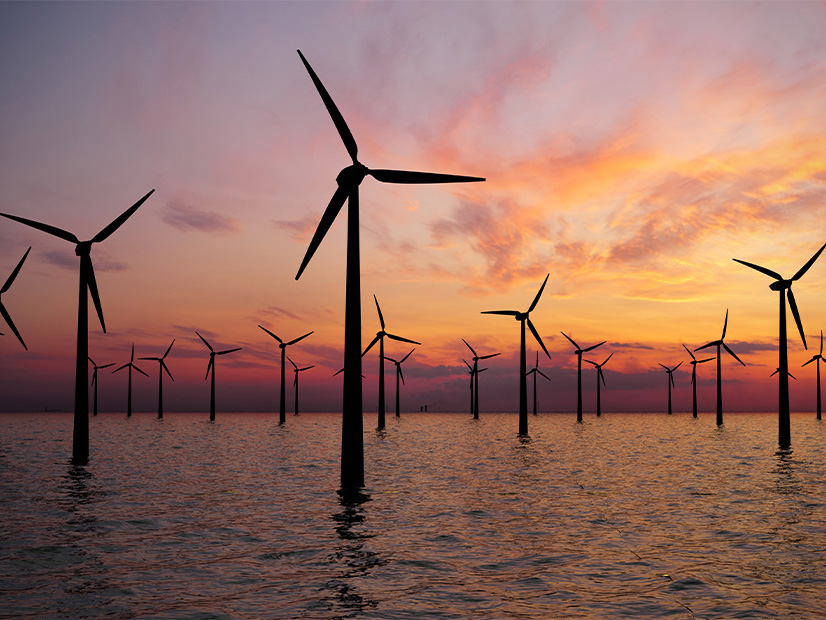FERC on April 1 approved the participation of PJM in New Jersey’s second solicitation for transmission to interconnect offshore wind, as the state Board of Public Utilities evaluates proposals submitted by the solicitation’s April 3 deadline (ER24-1187).
The decision allows the two parties to work together under FERC Order 1000’s State Agreement Approach (SAA), enabling the BPU to “take advantage of PJM’s expertise and planning process to develop transmission improvements necessary to support the reliable interconnection of public policy resources,” the RTO said in a statement.
PJM said the process would seek transmission solutions to serve an additional 3,500 MW of offshore wind energy as part of New Jersey’s goal of reaching 11,000 MW by 2040.
A BPU spokesman said the agency has received four bids but declined to identify the bidders or to comment further. Under the solicitation schedule, the board will make a decision on which, if any, projects to pursue in the third quarter of this year.
FERC’s approval follows the successful conclusion of the first SAA between PJM and BPU that resulted in the award of $1.07 billion in transmission upgrades that would deliver 6,400 MW of offshore wind generation. About half the funds were awarded for the construction of a new substation known as the Larrabee Tri-Collector Solution in Howell Township, and the other half for a series of smaller onshore transmission upgrades. (See NJ BPU OKs $1.07B OSW Transmission Expansion.)
At its March 20 meeting, the BPU approved a series of modifications to projects awarded in the first SAA that the agency said would shave $29 million from the cost. The downward adjustments included a series of projects that could be reduced in scope after new inspections or changes showed they were not needed.
The first solicitation was seen in the industry as groundbreaking because it was the first use of the SAA. It drew 80 proposals by 13 developers, and BPU officials have frequently cited the approach — selecting lines that can serve multiple OSW projects, instead of one line per project — as cost effective.
The board on Oct. 25 launched the second transmission solicitation to interconnect four OSW projects and land at the New Jersey National Guard Training Center in Sea Girt, where it would connect to the Larrabee station. The BPU planned to recover the cost of the infrastructure through the state’s Offshore Wind Renewable Energy Certificate (OREC) system, which also would fund the OSW projects. (See NJ Revamps Third Solicitation OSW Connection Plans.)
In a note on the solicitation, the BPU said the scope of the “prebuild” includes “all cable vaults, duct banks and related facilities for four separate qualified projects, enabling qualified project developers to install their cables into the prebuild by pulling them through the completed prebuild infrastructure facilities.”
Although the BPU would not identify the bidders, National Grid Ventures (NGV) and Con Edison Transmission on April 4 said they had submitted a 6-GW proposal called Garden State Energy Path. The bulk of the project would be underground, “allowing the cables to be protected from storms and other extreme weather that can cause customer outages,” the companies said in a statement.
Will Hazelip, president of NGV US Northeast, said, “Prebuild infrastructure is a smart and coordinated approach to transmission for offshore wind, reducing the need to separately construct transmission infrastructure for each offshore wind project.”
“New Jersey communities can rely on the Garden State Energy Path to provide a route that reduces community disruption and maximizes benefits,” he said.
The companies said if the BPU picks their project, it could be in operation by early 2029.


